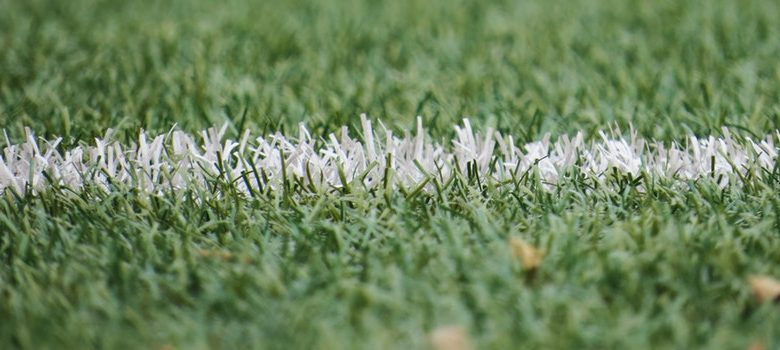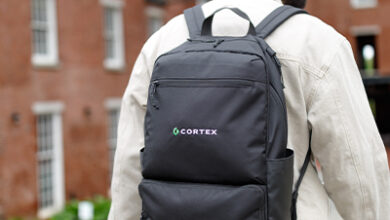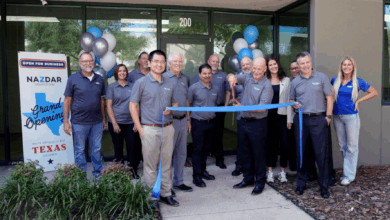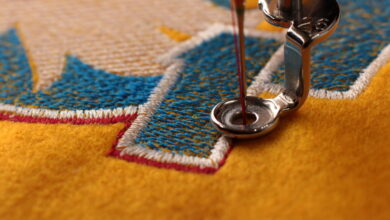
One of the most profitable, yet underused decorating processes for the team sports market is laser etching. Etching is a process that requires no consumables. You don’t need ink, thread, a heat transfer, or vinyl. All you need is a galvanometric laser.
It’s also a process that is much faster than most traditional methods of decorating team uniforms such as screen printing, embroidery, appliqué, and heat-applied graphics. In many cases, a team name, mascot, or number can be etched on a wide range of team products in under a minute. You do not need to cure the image, let it cool, or trim threads. It’s a completely finished decoration.
Etching team and athletic apparel can be done by itself, or it can be added to apparel or accessories that have already been decorated with screen printing, heat transfers, or embroidery. For example, you might offer team uniforms with a screen-printed or embroidered logo on the front of a jersey and then etch a team name, mascot, or motto inside the tail, banner, or circle.
The software for laser etching is sophisticated, and galva lasers allow you to do variable data, also called raster data. Inputting a list of team names and/or numbers is not difficult. Even if you are using a laser bridge machine over a 12-head embroidery machine to add appliqué to baseball jerseys, the software can be programmed to etch a different name in each script tail of the lettering as it travels from head to head. Rasta data cannot be done with most single-head embroidery lasers as these are not galva. You can, however, do it with a galva standalone laser.
Laser etching inside appliqué is a great add-on service that gives the uniform a multimedia look. Appliqué fabrics that can be laser-etched include polyester or cotton twill, polyester fleece, and dark-colored T-shirt jersey.
Laser etching is an ideal process for moisture-wicking apparel because it does not affect performance characteristics. However, it does look better with some colors over others. Performance fabrics darken when laser-etched. In general, black and white performance fabrics do not etch well because it is hard to achieve sufficient visual difference. Typically, the process tends to be more effective on lighter colors, with the exception of white.
While synthetics are typically process-friendly, natural fibers tend to be more difficult to work with. Examples include leather, silk, wool, and cotton, All, respectively, scorch when cut with a laser due to their natural tendency to burn, with leather being the most likely to show burn marks, cotton being the least, and silk and wool in between. However, high-quality lasers with a finer laser beam spot and higher power output can reduce scorching, and in some cases eliminate it completely.
Etching looks great on leather, which opens the doors to etching on leather sports balls, leather team jackets, and other accessories. Adding an etched leather appliqué to bags or caps is another option.
It’s also possible to get graduations within an etching design to add depth and dimension. When the laser hits the fabric surface it is modifying and concentrating the fibers, without cutting through the fabric. By adjusting the power of the laser to different strengths and/or making multiple passes, you can create different shades within the design.
Personalization of team uniforms or gear, such as bags, bats, gloves, helmets, leather balls, etc. is a great way to increase the sale and offers a valuable service to the team. When all team members have identical gear, etching a team name or number on each accessory ensures players always grab their own helmet or bat.
Speaking of bats and bags, laser etching also can be used to decorate hard substrates. These range from ceramics and plastics to wood and leather, opening the door to new products and markets. Examples include baseball mitts, sunglasses, and even leather balls.
Whether you purchase an embroidery or standalone laser or use a contractor, offering etching allows you to present more services and products to the team market and increase your overall sale.



